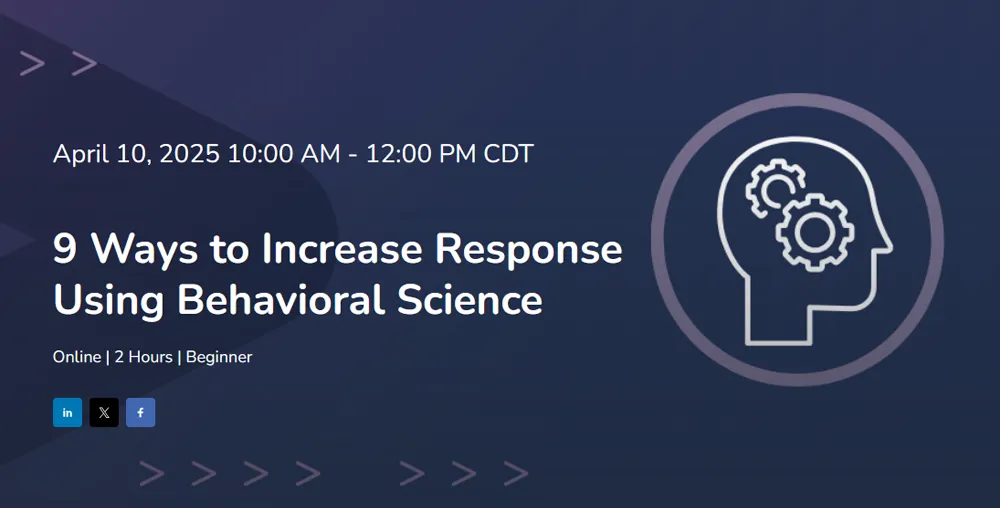by Golden Ashby, SFAMA Chair of Social Media, golden.ashby@sfama.org
 When I first started in my role at the San Francisco American Marketing Association (SFAMA), I blogged about how social media is changing how we define open source marketing. Social media marketing is being used more and more every day by companies everywhere and all top managers want to know how their ROI (return on investment) is going to be affected because of it. I am not going to lie; this is one of the hardest metrics to measure. According to Brian Solis, over 80% of professionals do not measure ROI for their company’s social media programs. I know the concept of using social media in your marketing plan is new and relatively untested, but it is just another form of marketing, public relations, advertising, etc. Everything can be measured and I will show you how.
When I first started in my role at the San Francisco American Marketing Association (SFAMA), I blogged about how social media is changing how we define open source marketing. Social media marketing is being used more and more every day by companies everywhere and all top managers want to know how their ROI (return on investment) is going to be affected because of it. I am not going to lie; this is one of the hardest metrics to measure. According to Brian Solis, over 80% of professionals do not measure ROI for their company’s social media programs. I know the concept of using social media in your marketing plan is new and relatively untested, but it is just another form of marketing, public relations, advertising, etc. Everything can be measured and I will show you how.
The most common social media metrics companies are measuring are visitors (traffic sources), network size (followers, fans, and members), and the quantity of mentions of your brand or product. These are all very important metrics to gauge how your overall social media efforts are doing. But as social media marketing is getting much more advanced, so are the ways of measuring them. Below are a few of the top ways to properly measure your social media tools:
Reach: The number of social media subscribers (Twitter followers, Facebook fans, LinkedIn group members, etc.) you have is directly related to the success of your social media. The more “reach,” you have, the more people will see your content, spread your messages, and therefore increase your ROI. It is very important to set benchmarks and track how your reach is increasing over time. If you’re not attracting new subscribers as time goes on, you may want to focus more of your social media efforts on generating new subscribers and building your reach to increase the value you get from social media marketing. You will want to make certain your content is distributed in a timely method on all your brand’s social media platforms. Hootsuite provides a great dashboard for this. You can use either their free or enterprise-level version. HootSuite allows organizations to use social web tools to schedule and publish messages to multiple social networks, monitor results, and efficiently participate in conversations. It allows members of your social media team to get an inside glimpse at what each individual team member is posting. It also offers a wide range of measuring and analytics tools. I highly recommend all social media users use a dashboard; it will make your life much easier.

Blog interaction: I touched upon how blogs are the foundation for link building and creating search engine optimization (SEO) for your company in my community management blog. They are a great way for both B2B and B2C companies to interact and share their ideas. All of your usual social media platforms can be used to share, but social bookmarking sites (such as Delicious and Stubleupon) are a great way to get your blogs viewed by a wide audience. A great way of measuring this is by the comments and the actual blog views (most blogs have built in analytics to measure this).
Social media leads: It is important to track your web traffic from all social media sources, find out where they are coming from, and identify the top few sources over time. It is important to track and measure social media referrals as well.
Engagement levels: We all know it is important to measure how many comments or re-tweets you are getting from your social media content, but it is also important to measure how much time people are spending on your social media platforms. For example, if people are not spending much time on your page, maybe your landing page needs better copy or maybe your page is not easy to read and find information on. You may want to consider adding a search tool. Radian6 is a very specialized social media monitoring tool that helps you track quite a lot of signals and get insights into your brand’s performance. It provides detailed analytics reports and charts. I am usually very hesitant to recommend this tool because of its complexity, it almost gives out too much information, but it is very popular and useful if it is properly defined.
Brand mentions via social media: It is important to track and measure both positive and negative mentions, and their quantities. Socialmention is a great (free) web-based tool for easily measuring this. It finds the brand mentions on any particular channel, such as blog/micro blogs, and gives you a comprehensive idea of how the brand is perceived by users. It also gives you an easy to view perspective on positive, negative, or neutral things that are being said about your brand.
Loyalty and virilty: Find out how many of your social circles are sharing your brands content and how often they share. This will give you a good idea of whether or not your content is relevant to your community. There is no use wasting time on creating content that nobody wants to read. It is also very important to find out which of your brand’s content is being reshared. Everybody wants their content to go viral and be engaging, but not a lot of people take the time to measure and track that information. Alterian offers a very detailed social media monitoring tool is one that gives advanced user behavior statistics, measures and analyze daily volume, demographics, location, positive or negative content tone, themes, and trending topics for your brand/product.
Activity ratio: Be sure to monitor how active is your company’s collective social network is. Pay attention to the ratio of active members vs. total members, and chart this over time. This is very important to track when you run contests, ads, etc Activity can be measured in a variety of ways, including using social applications. Omniture helps marketers quickly identify the most profitable paths through their Website, determine where visitors are navigating away from their site, and identify critical success metrics for online marketing campaigns. It addresses these challenges by providing marketers with one place to measure, analyze, and optimize integrated data from all online initiatives across multiple marketing channels.
Conversions: Everyone wants their company’s social network members to convert into subscriptions, sales, application use, or whatever other offering that can somehow be directly or indirectly monetized (i.e., memberships, subscriptions, etc.). It is very important to measure all types of conversions and chart them over time. You may even want to set up tracking codes to measure the sales driven by your social media marketing.

The SFAMA dedicates a lot of time to creating links to companies and individuals using social media marketing. The metrics and ways of measuring your social media tools should always be clearly defined. These are some of the key social media metrics that I think all companies should be measuring and some of the tools you can use to measure their effectiveness. Every company is different and their brand’s target community should be carefully analyzed before using any of these tools or metrics. It is very important to measure application usage and resulting conversions.
Are there other metrics you measure that you feel are more important for your company? What tools do you use to measure social metrics?
Picture Credits: adtech, Hootsuite, Jamie Pappas








Comments are closed.